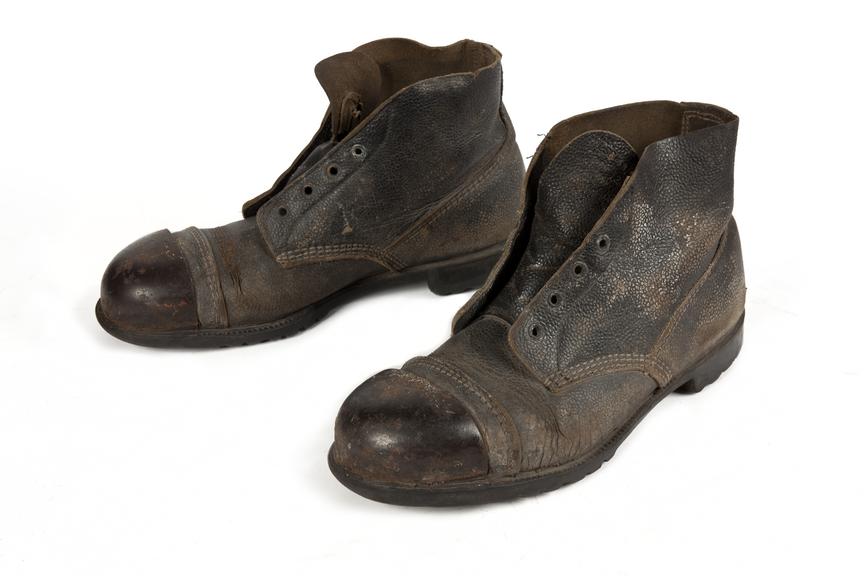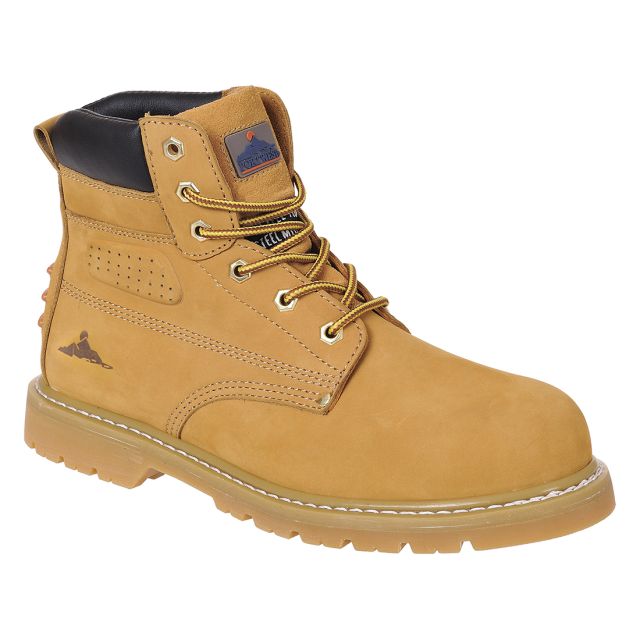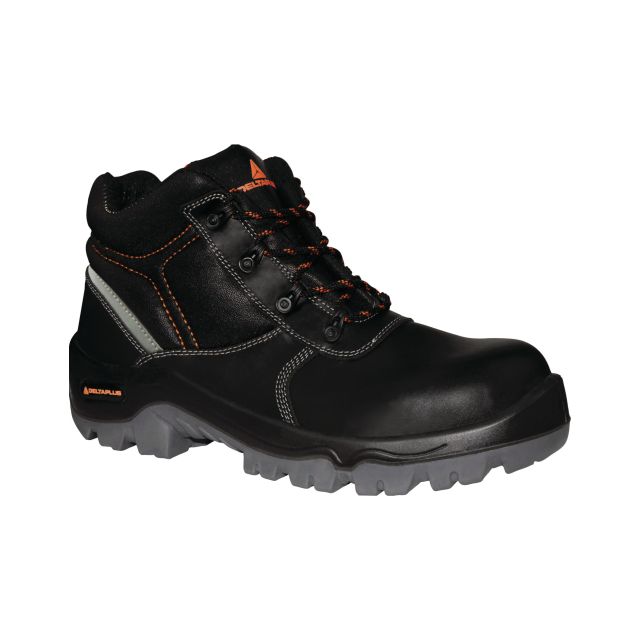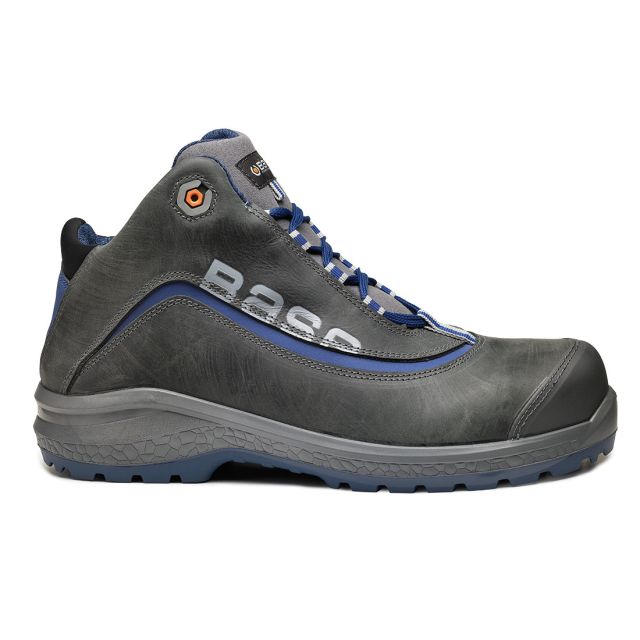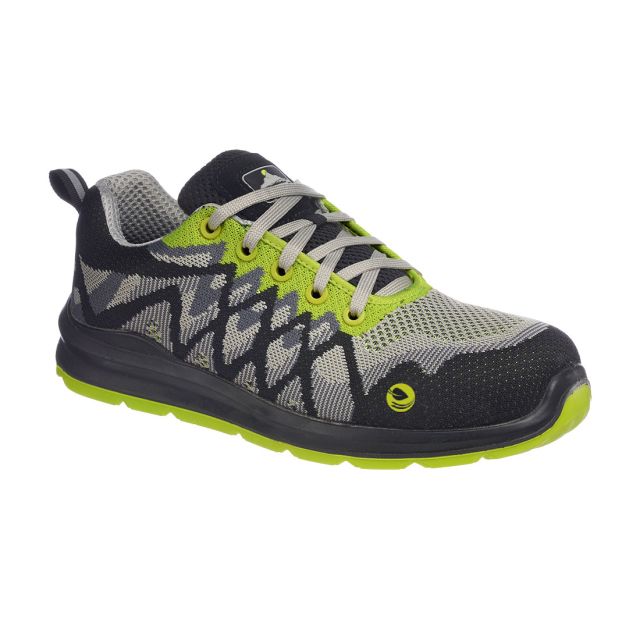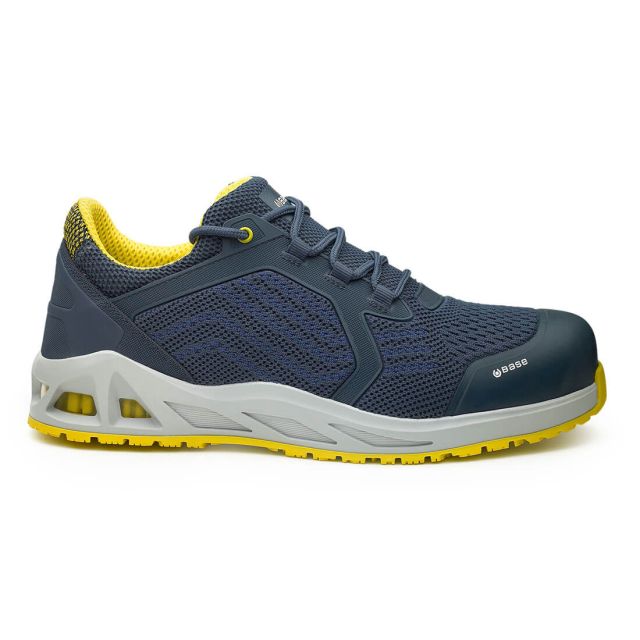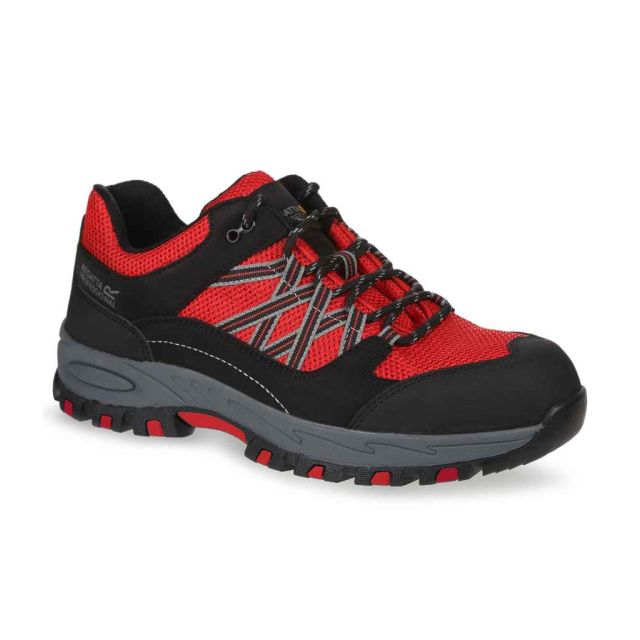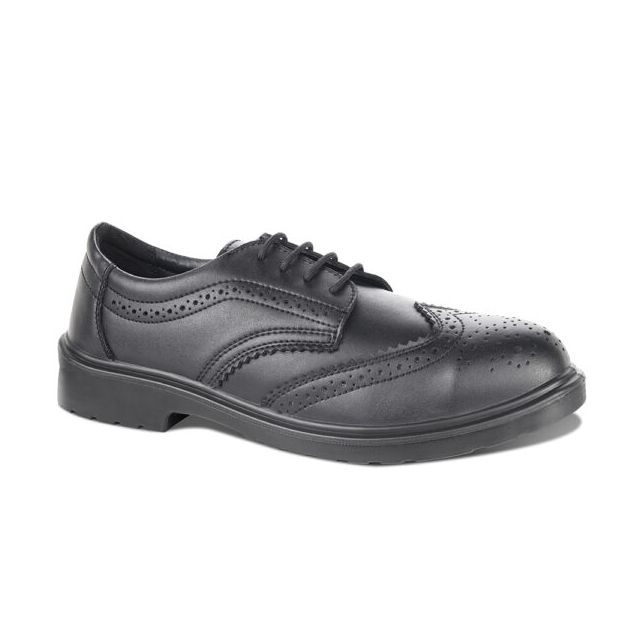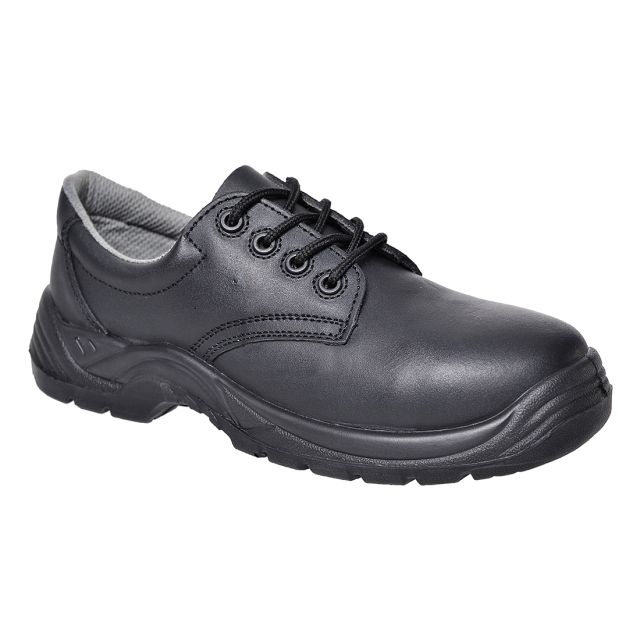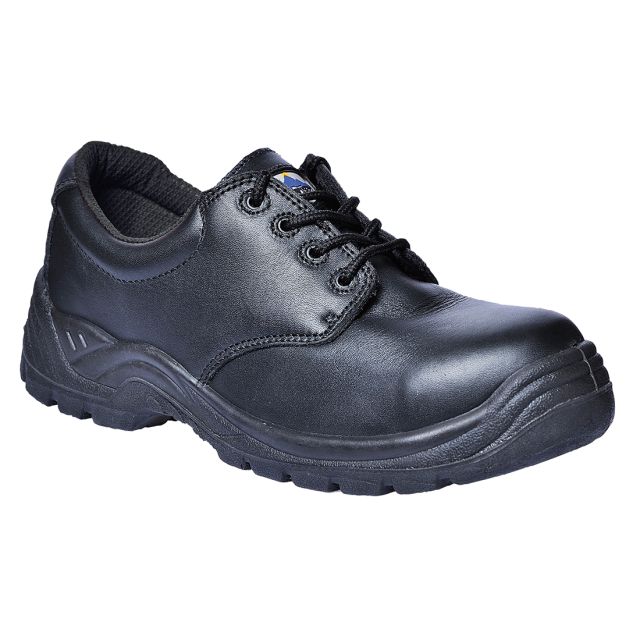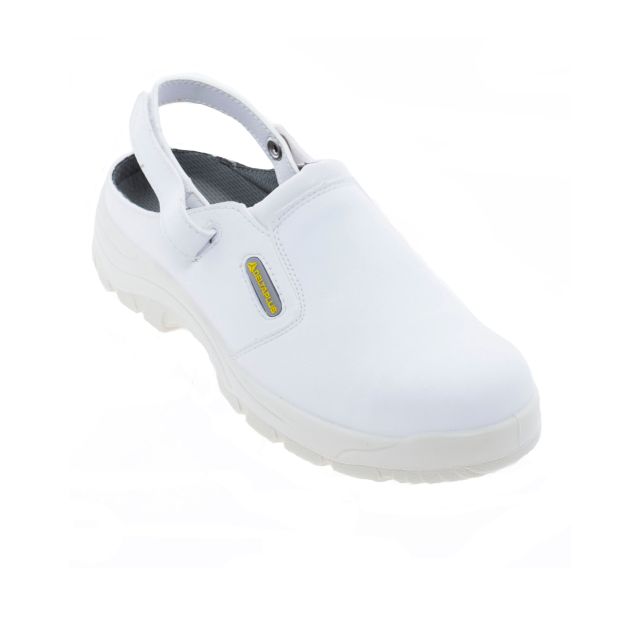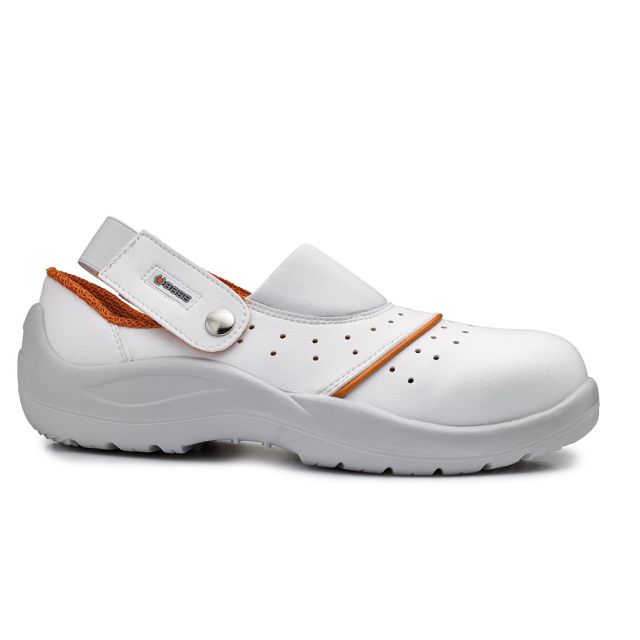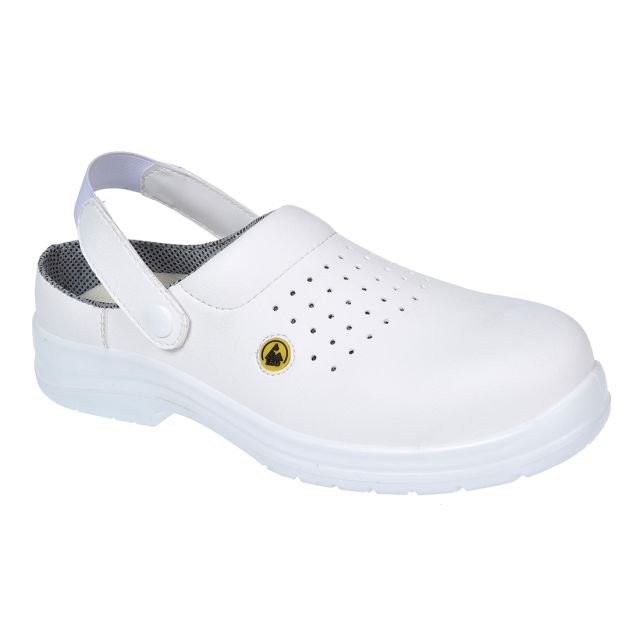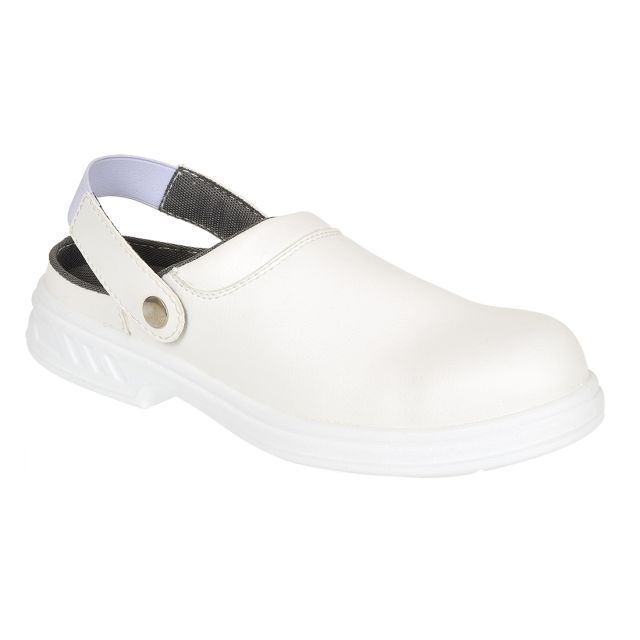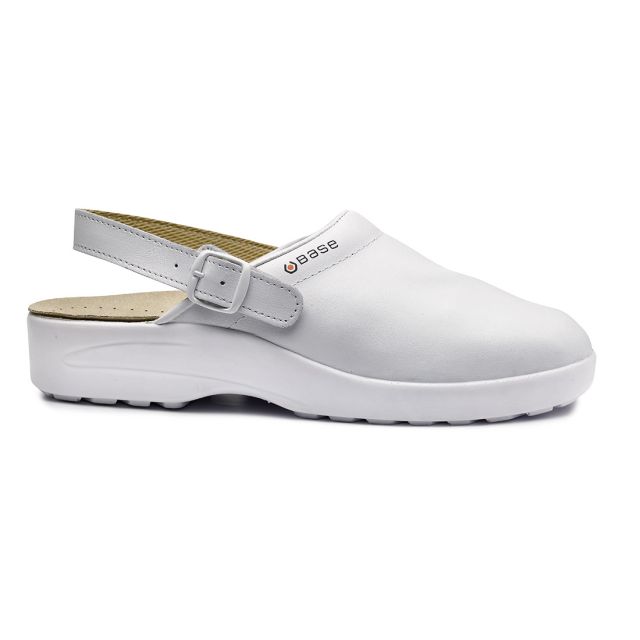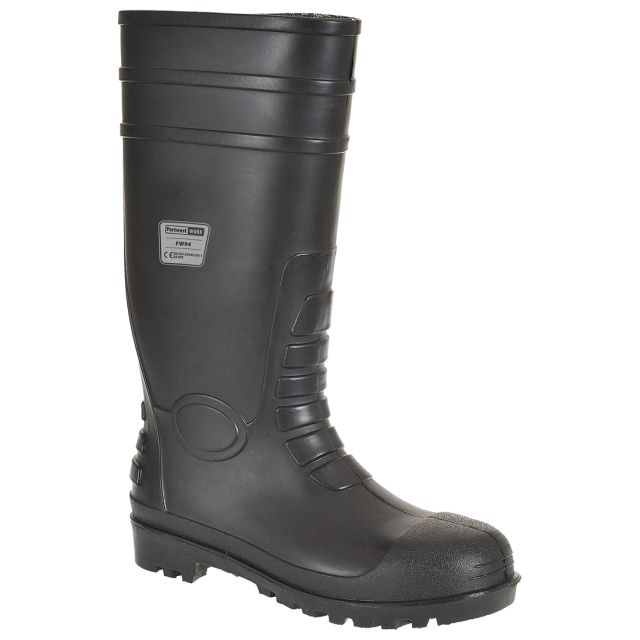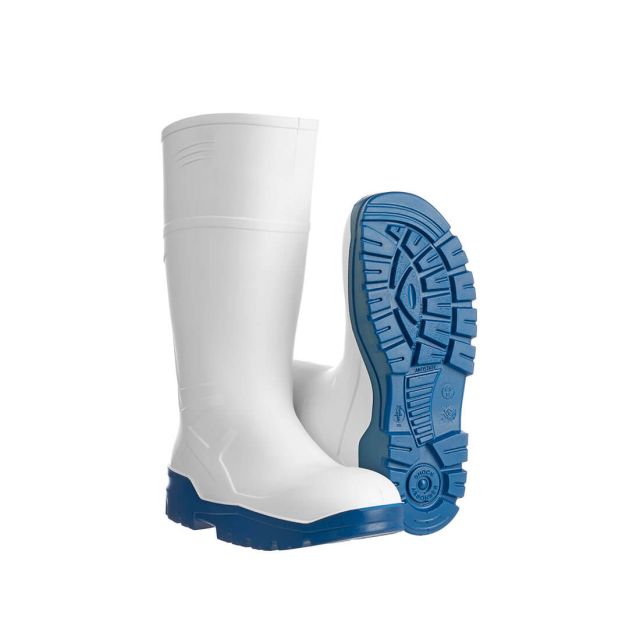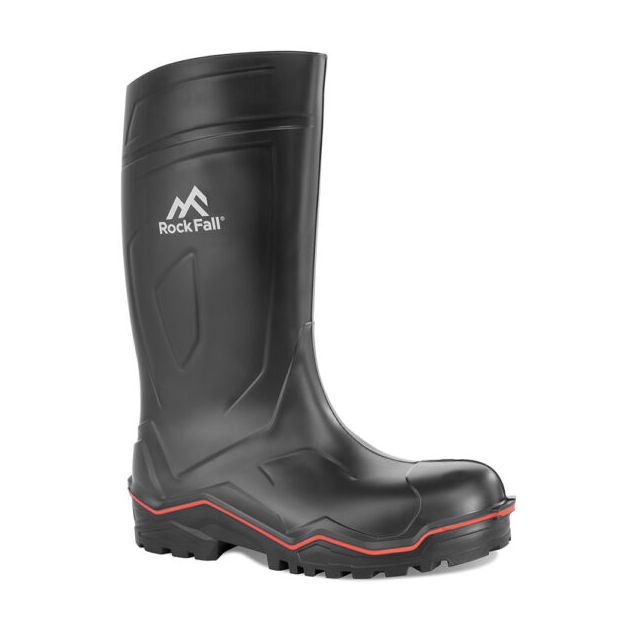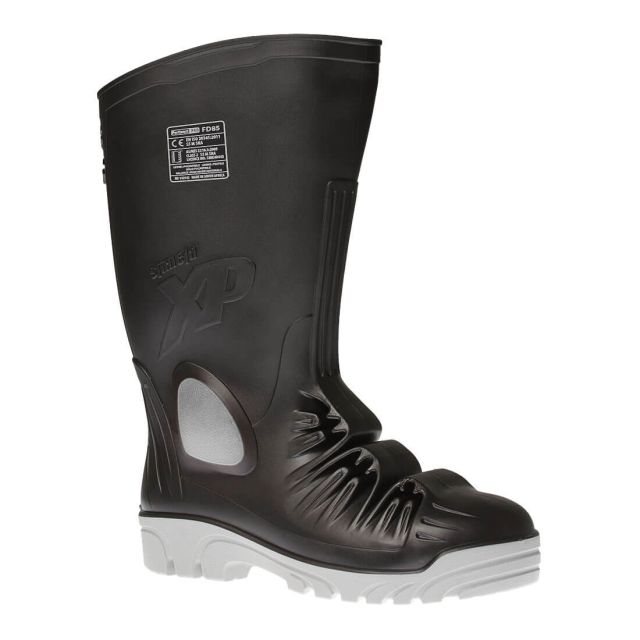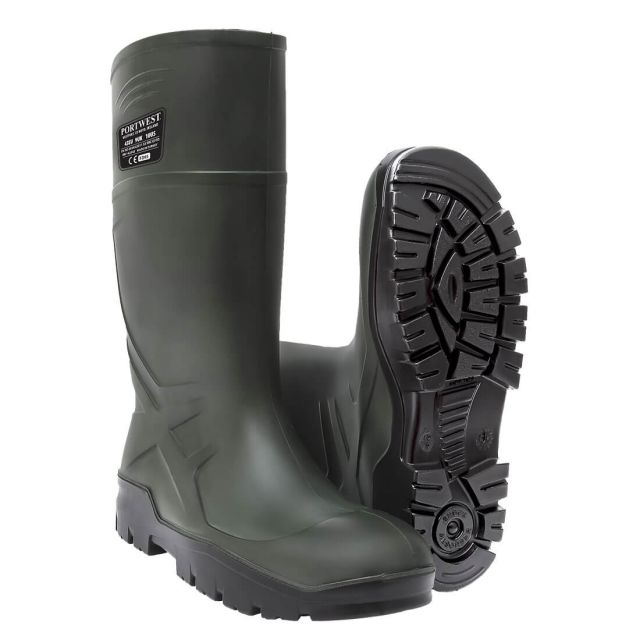Types of Safety Footwear and Their Uses in Different Industries
Safety footwear is crucial for protecting workers from a variety of hazards at work. Whether you work in construction, healthcare, or food processing, wearing proper footwear can significantly reduce your risk of injury.
This article covers the various kinds of safety footwear, their materials, and uses across industries, along with a brief history of safety footwear.
- Page Contents
- A Brief History of Safety Footwear
- Safety Boots
- Safety Trainers
- Safety Shoes
- Safety Clogs
- Safety Wellies
- Why Choose XAMAX® for Your Safety Footwear?
- Conclusion
A Brief History of Safety Footwear
The development of safety footwear began in the early twentieth century, driven by industrial growth and a need to protect workers from potential hazards.
Before the introduction of safety boots, workers in sectors such as mining and construction were exposed to considerable risks from falling objects, sharp instruments, and hazardous chemicals. Steel-toe boots arrived in the 1930s, and they provided the first serious solution to toe protection.
Over time, safety footwear has advanced, incorporating details such as anti-slip soles, waterproofing, and electrical insulation to meet the demands of wide range of sectors.
Safety Boots
Safety boots are widely used in many sectors due to their durability and high level of protection. They often have steel or composite toe caps, midsole penetration resistance, and ankle support, making them ideal for physically demanding work.
Materials Used
- Leather: The most common material, known for its durability, water resistance, and ability to withstand harsh conditions.
- Rubber/Polyurethane: Often used in soles for its slip-resistant and oil-resistant properties.
- Composite Materials: Lightweight alternatives to steel, such as fibreglass and Kevlar, used for toe caps and midsoles.
Common Features
- 200-joule toe cap protection (steel or composite)
- Midsole penetration resistance (steel or composite plate)
- Slip-resistant soles (rated SRA, SRB, or SRC)
- Water resistance and fuel/oil resistance
- Heat or cold insulation, anti-static properties, and energy absorption at the heel
Uses in Different Industries
- Construction: Construction sites present a variety of risks, including falling objects, sharp debris, and uneven surfaces. Safety boots with steel toe caps and midsole puncture resistance (such as S3-rated boots) are essential in this line of work.
- Manufacturing: Safety boots provide protection against dangers of heavy machines and materials, including impacts and cuts. Heat-resistant soles are often used in fields such as as welding.
Safety Trainers
Safety trainers are a lightweight, flexible, and appealing alternative to safety boots. They are suitable for jobs that require agility or continuous standing, providing protection without limiting movement.
They rarely offer any ankle support, so are not a direct replacement for safety boots.
Materials Used
- Mesh/Nylon: Provides breathability, making trainers lighter and more comfortable for prolonged wear.
- Composite Toe Caps: Commonly used in trainers for lightweight protection.
- Rubber/TPU Soles: Offers slip resistance and flexibility.
Common Features
- Composite or steel toe caps
- Lightweight design for enhanced comfort
- Anti-slip soles, often with SRC ratings for maximum slip resistance
- Electrostatic discharge (ESD) protection for electronic environments
Uses in Different Industries
- Electronics: Safety trainers with electrostatic discharge (ESD) protection are ideal for environments where sensitive electronics are handled, preventing static buildup.
- Logistics: Lightweight trainers with anti-slip soles are perfect for workers in warehouses and distribution centers, where agility and comfort are critical for efficiency.
Safety Shoes
Safety shoes combine the formal appearance of conventional shoes with the protective qualities of safety boots, making them perfect for work areas that need both professionalism and safety.
Materials Used
- Leather and Synthetic Leather: Commonly used for durability and a smart appearance.
- Steel or Composite Toe Caps: Protect against impacts, while maintaining a sleek, low-profile look.
- Rubber Soles: Provide anti-slip properties and comfort.
Common Features
- Steel or composite toe caps
- Anti-slip soles
- Water resistance (in some cases)
- Smart, formal appearance
Uses in Different Industries
- Office Environments with Light Industrial Work: Safety shoes are perfect for managers or supervisors who need to move between office spaces and industrial work areas, providing them with the protection they need without compromising on style.
- Healthcare: Safety shoes are often used by healthcare professionals who need protection from sharp objects while maintaining a professional appearance.
- Hospitality: Slip-resistant safety shoes are vital in kitchens and food service environments where spills are common, providing both safety and style.
Safety Clogs
Safety clogs are slip-on shoes designed for simplicity of use in areas where hygiene and comfort are essential. They are particularly popular in industries that need frequent cleaning and hygienic environments.
Materials Used
- Polyurethane or PVC: Lightweight and waterproof, providing protection against spills and chemicals.
- Closed Toe Protection: Safety clogs may include steel or composite toe caps for impact resistance.
- Slip-Resistant Soles: Usually made of rubber or a slip-resistant synthetic material.
Common Features
- Slip-resistant soles (often SRA or SRB rated)
- Closed toes with steel or composite caps (depending on the model)
- Easy to clean and maintain
- Lightweight and comfortable
Uses in Different Industries
- Healthcare and Laboratories: Clogs are widely used in hospitals, dental practices, and laboratories due to their comfort, ease of cleaning, and ability to withstand spills and contaminants.
- Food Processing and Catering: In environments where hygiene is paramount, such as kitchens or food processing plants, clogs are preferred for their slip resistance and easy-to-clean surfaces.
Safety Wellies
Safety Wellington boots (wellies) are intended for use in areas where workers are exposed to water, mud, or hazardous substances. They offer complete waterproofing, toe protection, and specialised characteristics to tackle specific hazards.
Materials Used
- PVC or Neoprene: These materials provide complete waterproofing and resistance to chemicals, oils, and fuels.
- Steel or Composite Toe Caps: Offer protection from impacts.
- Rubber Soles: Ensure slip resistance on wet and slippery surfaces.
Common Features
- Full waterproof protection
- Steel or composite toe caps
- Slip-resistant soles, often with SRC ratings
- Cold insulation and penetration-resistant midsoles (for certain models)
Uses in Different Industries
- Agriculture and Landscaping: Safety wellies are ideal for farm workers, landscapers, and other outdoor workers, providing waterproof protection while working in muddy or wet environments.
- Construction: Workers who need to work in wet conditions, such as those working in foundations or with concrete, benefit from safety wellies with waterproof and anti-slip properties.
- Food Processing: In food processing plants, safety wellies protect against spills and ensure hygiene is maintained.
Why Choose XAMAX® for Your Safety Footwear?
XAMAX® is a BSIF Registered Safety Supplier, which ensures that all safety footwear we supply meets the highest levels of quality to meet compliance and the correct level of protection.
We supply a wide range of safety boots, trainers, shoes, clogs, and wellies for a variety of sectors, and suited to your specific needs.
When you choose XAMAX®, you're not only buying safety footwear, but also working with a supplier who is dedicated to supplying high quality products at low costs. Whether you work in construction, healthcare, or food processing, we have the right footwear for all of your workers.
Explore our full range of XAMAX® Safety Footwear today, or request a callback to speak with one of our team.
Conclusion
Choosing the right kind of safety footwear for your workplace is critical to worker safety, comfort, and productivity.
Whether you require the solid protection of safety boots, the flexibility of safety trainers, or the waterproofing of safety wellies, understanding the materials and features that are suitable for your work environment is essential to making the right choice.







